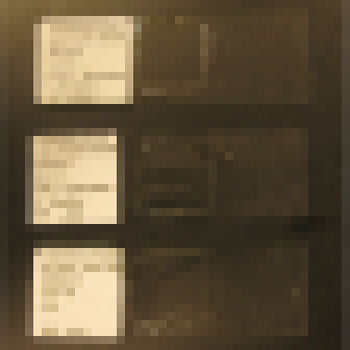Diatom Analysis
The sediment samples were delivered to the John Carroll University laboratory. Work at John Carroll University involved processing the sediment, making permanent diatom microscope slides form each sample, and identifying and enumerating the diatoms.
Subsamples were taken from homogenized sediment samples and the diatom remains were cleaned using concentrated nitric or hydrochloric acid. Samples were digested by boiling in 20 mls of 50% acid by volume. Samples were allowed to cool and settle at room temperature, and then were centrifuged at 1,800 RPM for 10 minutes. The tubes were aspirated, refilled with deionized water, and shaken to break up the pellet. This centrifugation process was repeated five times. Two sets of three quantitative slides were prepared for each sample by pipetting ½ ml of the diatom solution on a microscope coverslip and allowing the sample to dry before affixing to a microscope slide with Naphrax diatom mountant. For each sample, 400 diatom valves were counted along random transects at 1,000x magnification using oil immersion microscopy. Counts were made continuously along transects as wide as the field of view until sufficient valves were counted. Taxa were identified to the lowest taxonomic level possible using numerous diatom checklists and iconographs (e.g., Krammer and Lange-Bertalot 1986–1991, Stoermer et al. 1999, Patrick and Reimer 1966, original sources). Sampling design includes duplicate diatom count replication for QA/QC. An Optimus B-Max microscope with Nomarski DIC optics was used for the counts. Photomicrographs are taken for all taxa comprising greater than 5% of a sample as well as problematic taxa.

